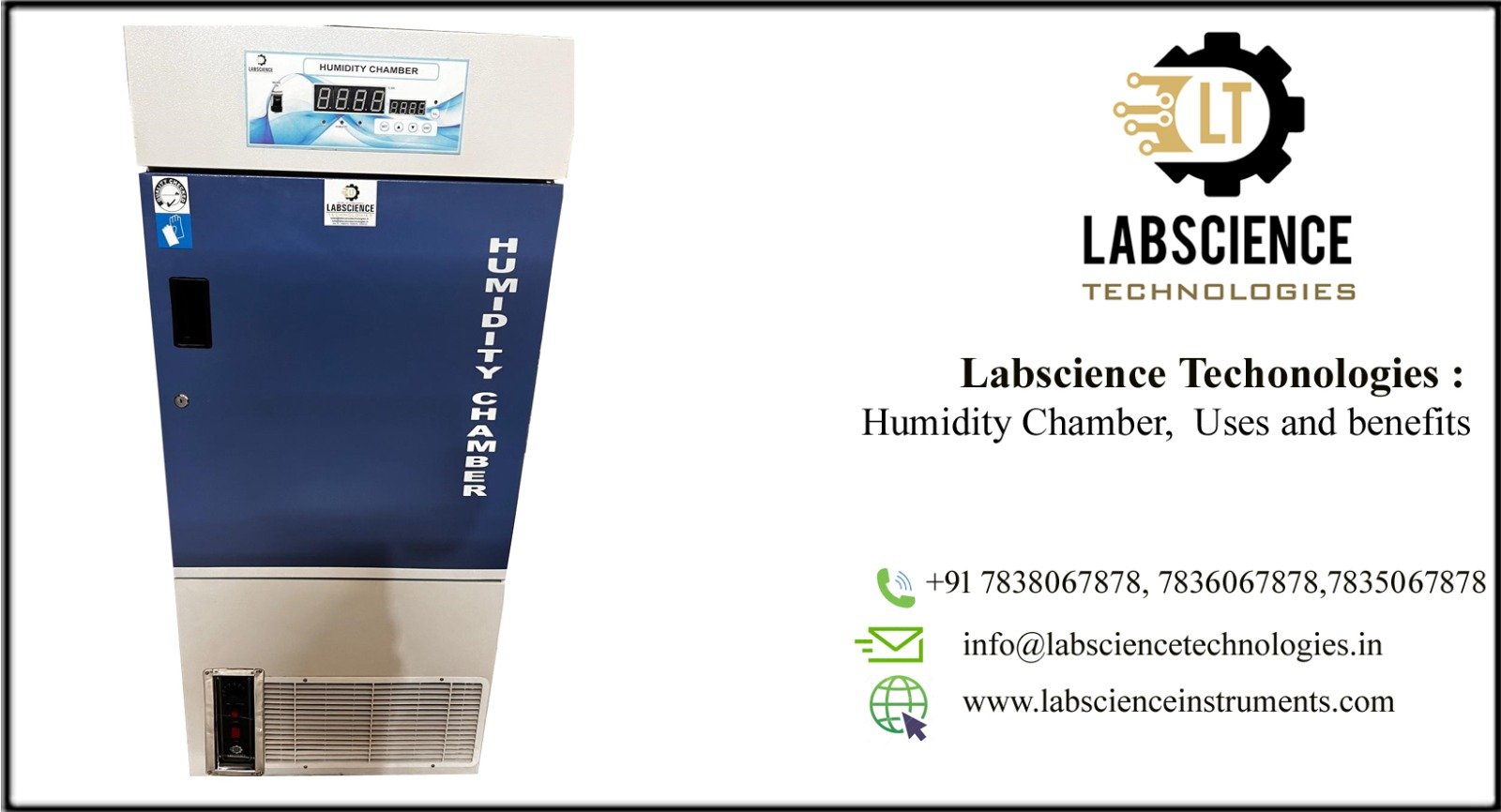Environmental chamber
An environmental chamber is a testing device used to simulate and control specific environmental conditions such as temperature, humidity, and pressure to assess the performance and durability of products and materials. These chambers play a crucial role in quality control, product development, and research by allowing manufacturers to test how their products will behave under extreme or variable conditions that may be encountered during their lifecycle.
Environmental chambers are widely used across industries such as automotive, aerospace, electronics, pharmaceuticals, and plastics. By replicating conditions like extreme cold, heat, high humidity, or rapid temperature changes, these chambers help identify potential product failures before they occur in the real world. For example, a temperature and humidity chamber is often used to evaluate how electronic components or plastic materials withstand long-term exposure to hot, humid environments, ensuring reliability.
These chambers come in a variety of sizes and can be customized to meet specific testing requirements. Whether it’s a small benchtop unit for laboratory use or a walk-in chamber for large-scale industrial testing, environmental chambers provide precise control over environmental variables. By simulating real-world conditions, they allow manufacturers to predict product performance, enhance durability, and ensure compliance with industry standards, making them indispensable tools in modern testing and development processes.
An environmental chamber is a sophisticated testing device designed to replicate and control specific environmental conditions for evaluating the performance and durability of products. Key features of environmental chambers include:
Precise Temperature Control: Environmental chambers provide accurate temperature regulation, capable of reaching both extreme high and low temperatures. This allows for rigorous testing of materials under diverse thermal conditions.
Advanced Humidity Control: These chambers feature sophisticated systems for controlling humidity levels, ensuring precise replication of moist or dry environments. This is essential for assessing how products withstand various humidity levels.
Temperature-Humidity Cycling: Many chambers can simulate dynamic environmental conditions by cycling between different temperatures and humidity levels. This feature helps test the resilience of products to fluctuating conditions.
Programmable Controllers: Equipped with user-friendly, programmable control systems, environmental chambers allow for custom test configurations, automated sequences, and real-time monitoring, enhancing testing efficiency and accuracy.
Altitude Simulation: Some environmental chambers can simulate high-altitude conditions, testing products under reduced atmospheric pressure, which is crucial for aerospace and automotive applications.
UV and Light Exposure: Integrated UV and lighting systems enable testing of materials’ responses to light and ultraviolet radiation, important for evaluating outdoor durability.
Data Logging and Reporting: Chambers come with data logging capabilities to record test conditions and performance data, facilitating detailed analysis and compliance with industry standards.
Customizable Interiors: The interior of the chamber can be adapted with shelves and fixtures to accommodate various types of test samples, providing flexibility for different testing needs.
These features ensure that environmental chambers provide comprehensive and reliable testing solutions across various industries.
An environmental chamber is a highly specialized device designed to simulate and control a variety of environmental conditions for rigorous product testing. Key specifications include:
Temperature Range: Environmental chambers typically offer a temperature range from -70°C to +180°C (-94°F to +356°F), accommodating both extreme cold and heat scenarios.
Humidity Control: These chambers can maintain relative humidity levels from 10% to 98%, enabling precise simulation of dry and humid conditions.
Temperature-Humidity Cycling: Many chambers feature the ability to cycle between different temperatures and humidity levels, with programmable sequences to replicate real-world environmental fluctuations.
Interior Size and Configuration: Chamber interiors vary in size from compact models suitable for bench-top use to larger walk-in units. Customizable interiors often include adjustable shelving and fixtures to accommodate various test samples.
Altitude Simulation: Some models can simulate altitudes up to 60,000 feet (18,300 meters), replicating low atmospheric pressure conditions for aerospace and high-altitude testing.
Control System: Advanced control systems feature programmable touchscreens, allowing users to set, monitor, and adjust test parameters. Remote access capabilities may also be available.
UV and Light Simulation: Certain chambers include UV lamps and lighting systems to test materials’ responses to sunlight and ultraviolet exposure.
Data Logging: Integrated data logging systems record environmental conditions and test data, providing detailed reports for analysis and compliance.
These specifications ensure that environmental chambers provide comprehensive testing capabilities, essential for validating product performance across diverse and challenging conditions.
Kindly fill this form to demand a call-back to from our client support boss with esteeming and details.
Call our Specialists for the Best Deal
+91 7838067878
Call Now
+91 7838067878

